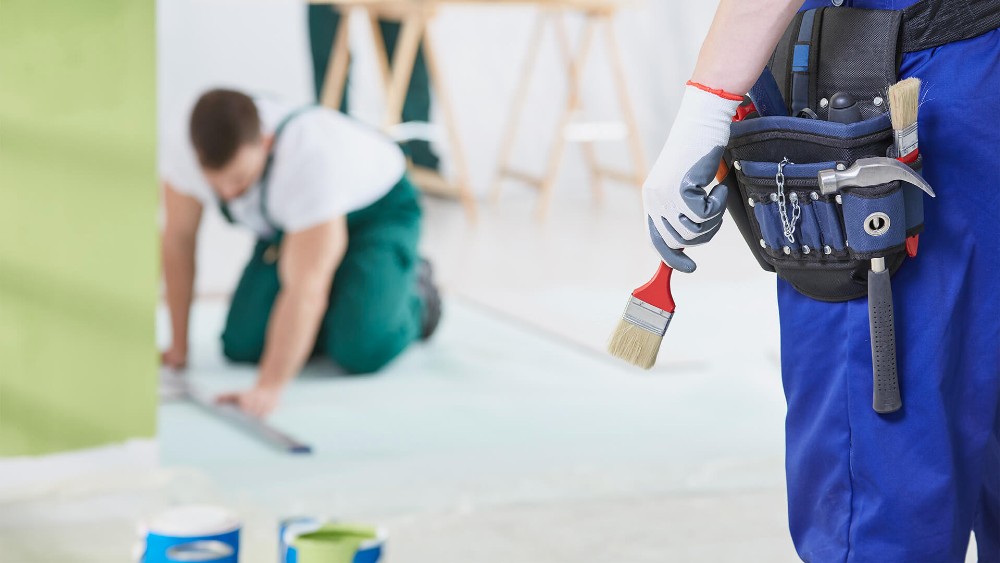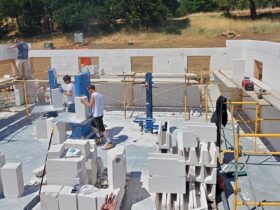If you live in a warm climate and never use a fireplace, you may wonder why chimney cleaning is necessary. However, if you live in a colder climate and have a wood-burning fireplace, you need to become knowledgeable about the safety hazards associated with burning wood in the fireplace. If you do have a fireplace, especially if you use it often, regular cleaning of your chimney is a must. In fact, you should have your chimney and fireplace inspected at least once each year.
When you burn wood in a fireplace, the process of burning produces a sticky, dark substance called creosote that builds up on the surface of the chimney walls and firebox. As the deposits of creosote accumulate, they become a fire hazard. In previous centuries when most people in cold climates burned wood to keep their homes warm in winter, they were very aware of the hazards associated with the build up of creosote in the fireplace, and chimney sweeps were commonly called in to take care of the hazard.
Today, not all homeowners with a wood-burning fireplace take this problem seriously. However, ignorance is not bliss, as the hazards of chimney fires still remain. Each year there are tens of thousands of homes destroyed in the United States due to chimney fires. Many lives are also lost due to this hazard.
How can you tell if your fireplace chimney needs to be cleaned? Although you can do some of the inspection by yourself, you should call in a specialist to assess the problem. Creosote is very harmful and you should avoid contact with it. You can carefully scratch the build up of creosote above and behind your fireplace with a poker to see how thick it is. If the creosote is only a thin film on the walls of your chimney, you do not need chimney cleaning at this time. However, you should keep a watchful eye on the fireplace and check the creosote levels periodically. If the build up is an eighth of an inch in thickness, it is time to call in a professional to clean the chimney properly. Furthermore, if the build up of creosote is a quarter of an inch in thickness, you should not use the fireplace at all until the chimney has been properly cleaned.
Many homeowners with wood-burning fireplaces like to use fireplace cleaning logs in an effort to help remove the dangerous buildup of creosote. Not all of these logs are created equal, however. In some cases, the chemicals in these logs can be fairly effective in controlling creosote accumulation and will help you to go for a longer period of time before you schedule a professional cleaning. Even those fireplace cleaning logs that work effectively will only remove about sixty per cent of the build up. It is better to rely on mechanical cleaning of the creosote build up to ensure that your chimney is not at risk of catching fire.
To maintain chimney safety, it is important to burn only properly seasoned wood in your fireplace at all times. Wood that is not seasoned will create a lot of creosote while it is burning. Never burn wood that has been pressure treated or painted as it will give off harmful chemicals as it burns. The fumes given off can be an immediate danger to those in the home as well as contributing to a build up of creosote.
Although you may decide to tackle the problem of a dirty chimney by yourself, chimney cleaning is a very messy job and requires special tools – maybe even want to hire someone – visit here to see. You may not be able to reach all the affected areas by yourself. Leaving some areas of creosote build up behind will still be a fire hazard. The best choice to ensure a safe fireplace is to call in professionals who are knowledgeable about chimney cleaning and who have the right tools to do the job correctly.





